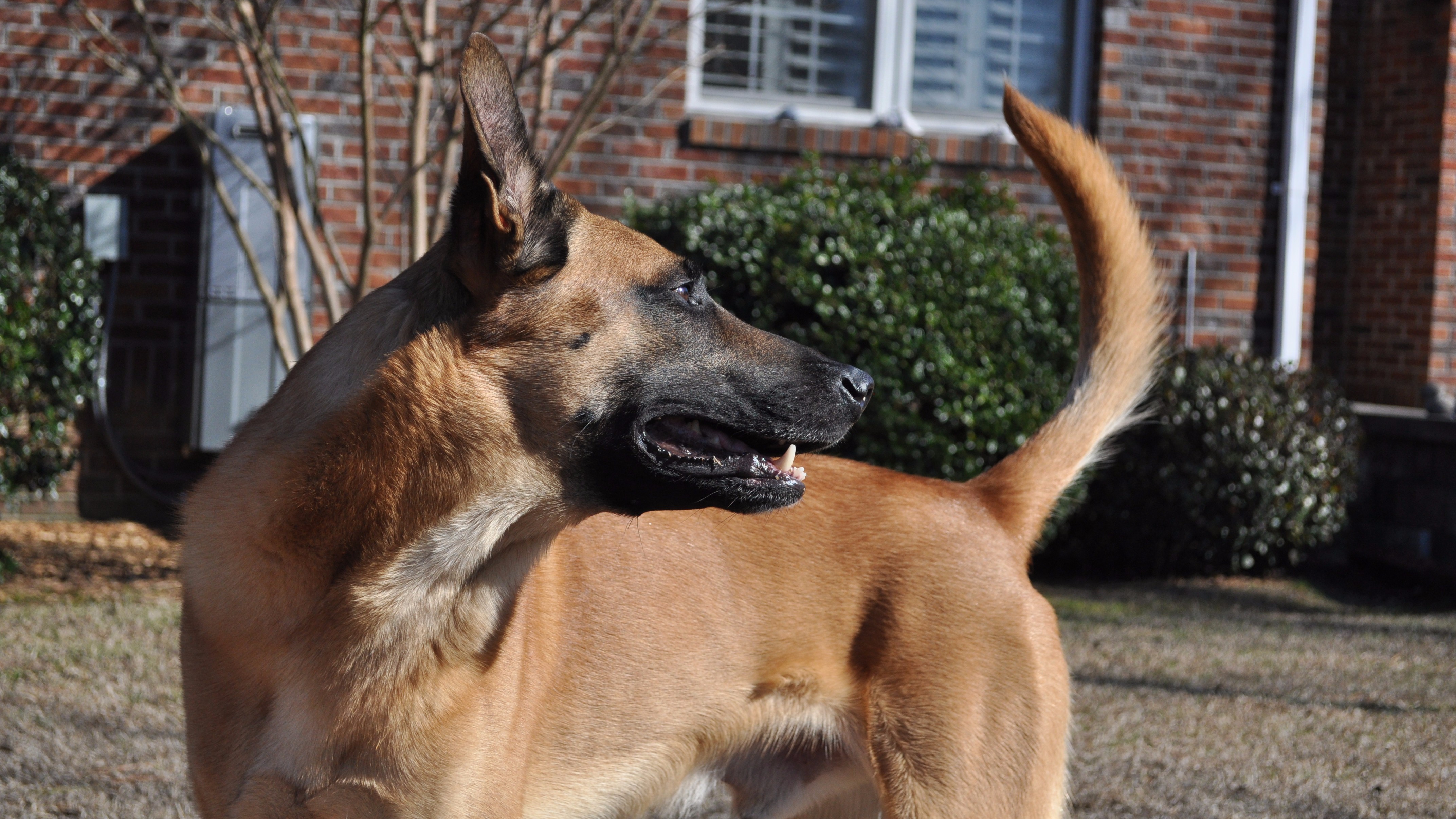Forelimb Lameness and the Canine Athlete
Mar 19, 2016
Over the past couple of weeks I’ve been reading about forelimb lameness and shoulder injuries in dogs. One of my online students competes in agility, and she reached out to me concerned about the high rate of shoulder injuries that are seen in agility dogs. While reading, I learned some disturbing statistics.
Supraspinatus tendinopathy (ST) is frequently the cause or a component of forelimb lameness, especially for agility dogs. The supraspinatus tendon is in the shoulder of the dog, and injury frequently occurs because of “overuse due to chronic repetitive activity” (Canapp, 2014, p. 24). Activities such as “landing from a jump with outstretched forelimbs, quick turns, and jump-turn combinations” can put extreme stress on the shoulder joint and cause ST (Canapp, 2014, p. 24).
Now here is the disturbing part…. Dr. Sherman Canapp (2014) described one research study that found 75.9% of the injured dogs who had ST did not respond to rest and non-steroidal anti-inflammatory (NSAID) therapy. In addition, up to 50.2% of the injured dogs did not improve from rehabilitation therapy.
This might explain why I hear from so many people who have dogs that suffer from sporadic forelimb lameness, and these dogs don’t seem to get better. Even when they seem to get better, their lameness eventually returns. For some dogs, we see that they just haven’t had sufficient time to recover from a pulled muscle. They go back to training far too soon, and the limping returns. For others, however, I can’t help but wonder if the injury goes beyond the muscle and is due to a tendon injury.
So if a dog just doesn’t seem to get better, what can we do???
I’m happy to report that there is hope! MRIs and musculoskeletal ultrasounds can be used to help get a definitive diagnosis (Canapp, 2014). Upon getting a diagnosis, some people are now turning to regenerative medicine therapy to aid tissue healing and recovery. Research has shown “that stem cells and platelet-rich plasma (PRP) can regenerate tissues, increase blood supply and breakdown scar tissue formation, replacing it with regenerated tissue” (Canapp, 2014, p. 26).
If you choose to go the route of regenerative medicine, however, be aware that “some common rehabilitative modalities (Class 4 laser therapy, shock wave therapy, therapeutic ultrasound and use of NSAIDS)” can actually “harm the regenerative cells and/or decrease response to treatment” (Canapp, 2014, p. 27). Because of this, be sure to work closely with a specialist who is experienced in treating regenerative medicine patients and oversees their rehabilitation program!
So if your dog has been suffering from ongoing forelimb lameness and is not responding to traditional therapy, you might want to talk with your veterinarian about shoulder injuries such as supraspinatus tendinopathy.
For more information, check out the following article on supraspinatus tendinopathy http://northeastk9conditioning.us9.list-manage.com/track/click?u=2d3716e2ab2f8aa43fdf7d6c8&id=e64bd63a93&e=a9b4240ee8.
-Erica
Stay connected with the latest fitness news and updates!
Complete the form below to receive your FREE Canine Fitness Planning Guide and video! We'll also keep you up-to-date on our latest fitness news and workshops!
We hate SPAM. We will never sell your information, for any reason.

